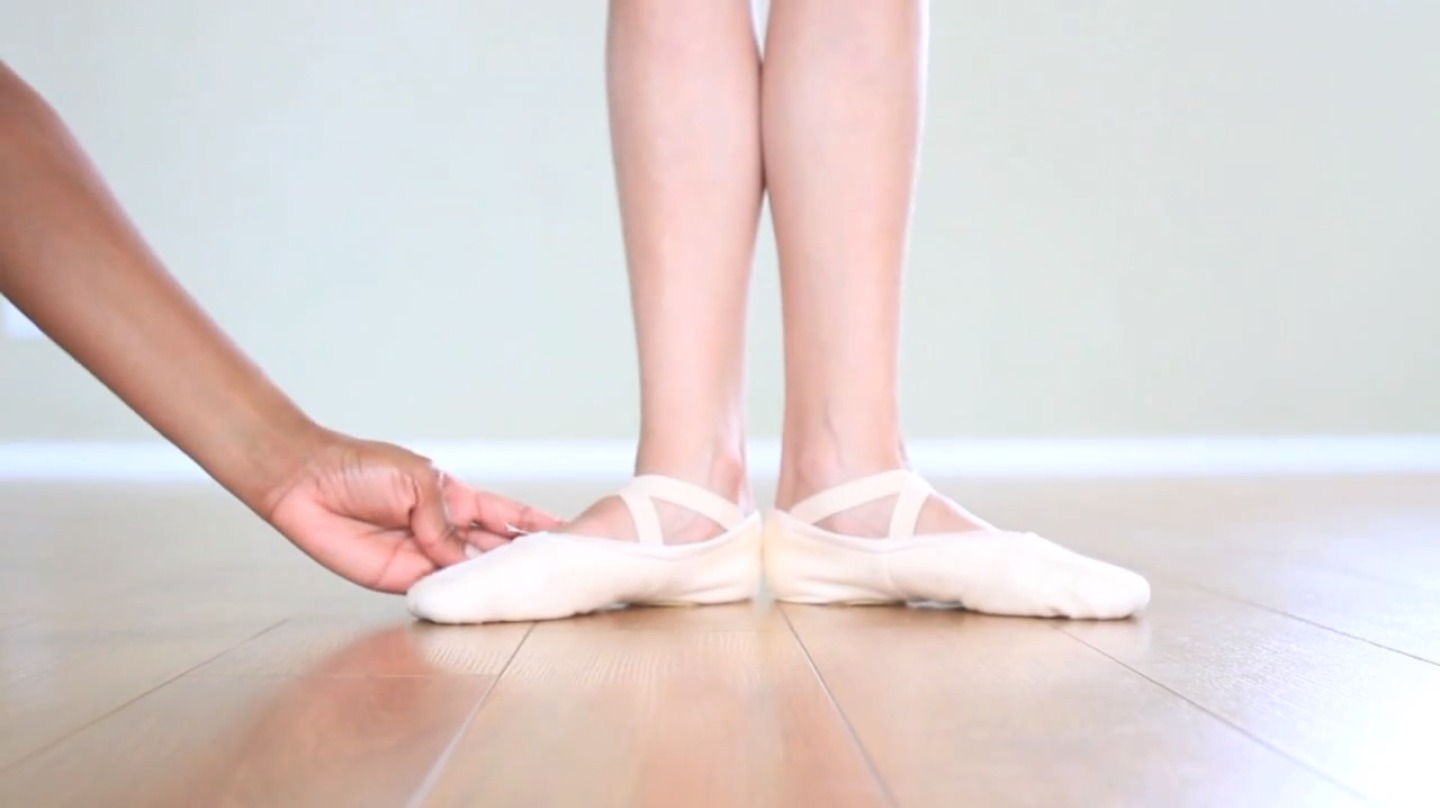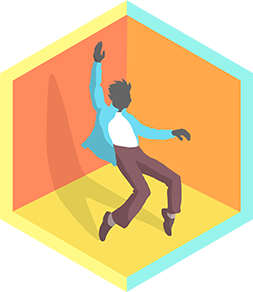Perform 5 basic ballet positions
Learn and practice the five basic ballet positions with clear steps, correct posture, and simple exercises to improve balance, coordination, and confidence.



Step-by-step guide to perform the five basic ballet positions
LEARN BALLET | Basic Ballet Class for 5-6 years old Kids
Step 1
Put on your comfortable clothes and non-slip socks or go barefoot so your feet can feel the floor.
Step 2
Find a clear open space where you can move freely without bumping into things.
Step 3
Place a chair next to a wall for steady support whenever you need to hold your balance.
Step 4
Warm up by marching on the spot for thirty seconds while swinging your arms gently.
Step 5
Stand tall to check your posture: pull your tummy in a little and drop your shoulders so your neck is long.
Step 6
Make first position with your feet by bringing your heels together and turning your toes out to form a straight line.
Step 7
Make second position with your feet by stepping your feet apart about hip-width and turning your toes out.
Step 8
Make third position with your feet by placing one heel at the middle of the other foot’s arch while keeping your posture.
Step 9
Make fourth position with your feet by placing one foot about a foot in front of the other with both toes turned out.
Step 10
Make fifth position with your feet by sliding one heel to touch the toes of the other foot so the feet fully overlap.
Step 11
Practice your arms by moving them slowly through the ballet arm positions from low rounded in front to open at the side to gently overhead, holding each for three calm breaths.
Step 12
Do five slow pliés in first position while keeping your heels on the floor and using the chair for balance if needed.
Step 13
Do five slow relevés in first position by rising gently up onto your toes and lowering back down to build balance.
Step 14
Share your finished ballet practice or performance on DIY.org so everyone can see the five positions you learned.
Final steps
You're almost there! Complete all the steps, bring your creation to life, post it, and conquer the challenge!


Help!?
What can I use if I don't have non-slip socks or a sturdy chair?
If you don't have non-slip socks, go barefoot or practice on a yoga mat or towel for grip, and if you lack a chair use the back of a sturdy couch or the wall for steady support while holding your balance.
I'm struggling to keep my heels on the floor during the five pliés or to balance during relevés — what should I try?
Use the chair for one hand support, do shallower pliés so your heels stay on the floor, keep your tummy pulled in and shoulders down for better posture, and practice fewer, slower relevés until balance improves.
How can I adapt the routine for younger children or make it more challenging for older kids?
For younger children simplify to first and second positions, shorten arm holds to one calm breath and use more marching warm-up, while older kids can increase to ten pliés/relevés, hold each arm position for three breaths, and add more precise turnout and alignment cues.
How can we extend or personalize this ballet practice after learning the five positions?
Extend the activity by choosing a favorite song, creating a short choreography that links the five positions and arm movements, adding a ribbon or costume piece, and recording the performance to share on DIY.org.
Watch videos on how to perform the five basic ballet positions
The Five Basic Ballet Positions - For Dummies #ballet #dance #balletdance #balletclass #dancer
Facts about ballet for kids
⏱️ Practicing the five positions just 5–10 minutes a day can lead to noticeable balance improvements within weeks.
🧠 Ballet training boosts coordination and spatial awareness — it’s great for developing motor skills and focus.
🩰 The five basic positions of the feet were codified in the 17th century by Pierre Beauchamp at the court of Louis XIV.
👣 The five positions (for feet and arms) are the building blocks for almost every classical ballet step.
🤸♀️ Many children begin simple ballet classes as early as 3–5 years old to learn posture, balance, and rhythm.
How do I teach my child the five basic ballet positions?
What materials do I need to practice the five basic ballet positions at home?
What ages are suitable for learning the five basic ballet positions?
What are the benefits of practicing the five ballet positions and how can I keep it safe?


One subscription, many ways to play and learn.
Only $6.99 after trial. No credit card required



